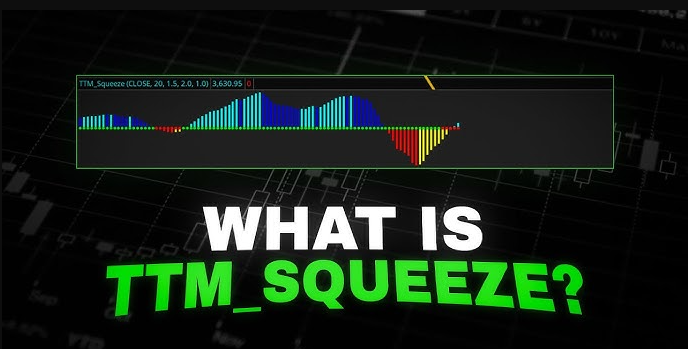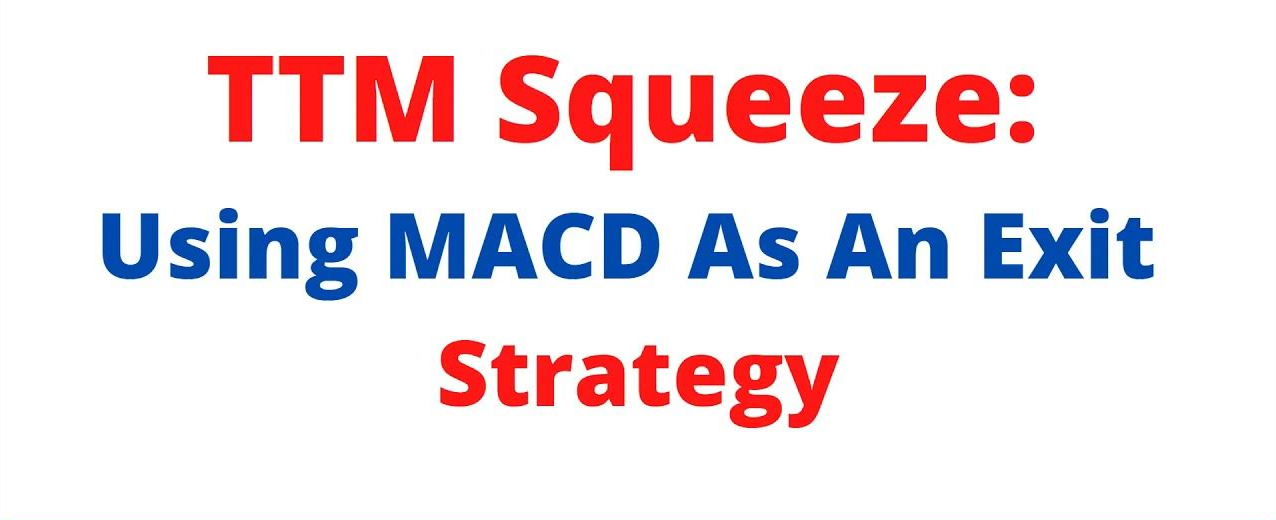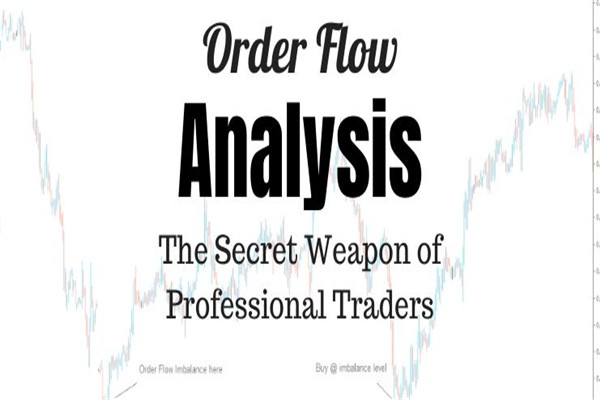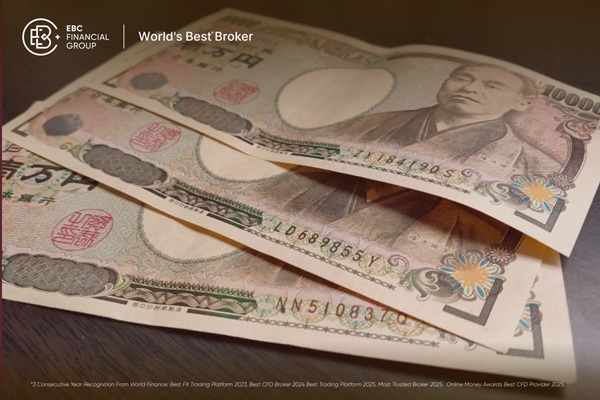The TTM Squeeze is a popular volatility-based technical indicator used by traders to identify periods of low volatility, often followed by high volatility breakouts. The indicator was developed by John Carter, designed to capture the "squeeze" phase, where price consolidates in a narrow range before a potential breakout.
At its core, the TTM Squeeze looks at the relationship between the Bollinger Bands and Keltner Channels. When the Bollinger Bands contract within the Keltner Channels, it signals a period of low volatility, or the "squeeze." This suggests that a breakout may be imminent, offering traders a potential trading opportunity.
Why Use the TTM Squeeze?

Traders use the TTM Squeeze for its ability to forecast breakouts and sharp price movements. Its primary appeal lies in its simplicity and effectiveness at identifying consolidation periods. The squeeze phase typically precedes big price moves, whether up or down, making it a valuable tool for traders who wish to capitalise on volatility.
Key benefits of using the TTM Squeeze include:
Predicting breakouts: Helps identify when volatility is about to increase.
Improved timing: Assists traders in entering positions just before large price moves.
Simple visual cues: Easy-to-read signals that can guide entry and exit decisions.
Now that you understand the indicator, let's explore the top five ways to master the TTM Squeeze strategy.
5 Ways to Master the TTM Squeeze Trading Strategy

1. Spot the Squeeze
The first step in mastering the TTM Squeeze is learning how to spot when the squeeze phase begins. The indicator will show a histogram with green and red bars, indicating whether the squeeze is active or whether a breakout is underway. When the bars are green, it suggests the squeeze is on, and volatility is low. Red bars indicate that the price has started moving outside of the squeeze.
To take advantage of the TTM Squeeze, look for periods when the Bollinger Bands move inside the Keltner Channels, signalling a low volatility range. This contraction can often lead to explosive moves in either direction once the price breaks out of the squeeze.
2. Confirm Breakouts with Volume
The TTM Squeeze can highlight potential breakouts, but confirming these signals with volume is crucial to avoiding false moves. Volume plays a vital role in validating whether the breakout is strong enough to sustain a move in the expected direction.
When the price breaks out of the squeeze, watch for a significant increase in volume. High volume during a breakout suggests that the move is backed by solid market participation, increasing the likelihood of a sustained price move. Without volume confirmation, breakouts may be weaker or short-lived.
3. Combine the TTM Squeeze with Other Indicators
While the TTM Squeeze is powerful on its own, combining it with other technical indicators can increase its effectiveness. For instance, using the Squeeze in conjunction with momentum indicators such as the Relative Strength Index (RSI) or the Moving Average Convergence Divergence (MACD) can help confirm whether the market is in an overbought or oversold condition.
For example:
RSI: If the RSI shows that the asset is overbought and the TTM Squeeze shows a squeeze with a breakout to the downside, it may signal a strong short opportunity.
MACD: A MACD crossover in the direction of the breakout can further validate the trade.
By combining the TTM Squeeze with other indicators, you can refine your entry points and improve trade accuracy.
4. Use the Squeeze for Both Breakouts and Breakdown Trades
While the TTM Squeeze is often used to identify breakouts, it can also help spot breakdowns when volatility increases in the opposite direction. A squeeze does not always lead to an upward breakout. In fact, it may lead to a sharp downward move, especially in bearish markets.
When using the TTM Squeeze for breakdowns:
Look for a squeeze to occur within a downtrend.
Watch for the breakout to occur to the downside.
Ensure volume confirms the move and that other indicators (like the RSI or MACD) are aligned with the bearish move.
This strategy allows traders to take advantage of both bullish and bearish trends by capitalising on market volatility in either direction.
5. Manage Risk with Stop-Loss and Take-Profit Levels
No trading strategy is without risk, and the TTM Squeeze is no exception. While it can be an excellent tool for identifying potential breakout opportunities, it's essential to manage risk effectively.
Here are some key risk management techniques to use with the TTM Squeeze:
Stop-Loss: Place stop-loss orders just outside the recent high or low (depending on whether you are entering a long or short position). This helps to limit losses if the breakout does not materialise as expected.
Take-Profit: Set take-profit orders based on logical levels, such as previous support or resistance levels, or use a risk-to-reward ratio strategy.
By managing risk and using the TTM Squeeze as part of a well-rounded Trading plan, you can maximise your chances of success and protect your capital.
Real-World Example of Using the TTM Squeeze
Let's consider a trader using the TTM Squeeze to trade a stock currently in a consolidation phase. The trader notices that the Bollinger Bands have contracted inside the Keltner Channels, signalling a potential squeeze.
The trader waits for the price to break out of the squeeze and observes a significant increase in volume.
RSI confirms that the stock is not overbought or oversold, and MACD shows a bullish crossover.
The trader enters a long position with a stop-loss just below the recent low and a take-profit target based on recent resistance.
In this scenario, the trader uses the TTM Squeeze to identify the squeeze, confirms the breakout with volume and other indicators, and manages risk with proper stop-loss and take-profit levels.
Final Thoughts
Mastering the TTM Squeeze trading strategy requires patience, practice, and a disciplined approach. By spotting the squeeze, confirming breakouts with volume, combining the indicator with other technical tools, and managing risk effectively, traders can enhance their ability to capitalise on volatility in the market.
Whether you are a beginner or an experienced trader, the TTM Squeeze offers a powerful framework for identifying profitable trades. Use the tips outlined in this guide to refine your strategy and improve your trading success.
Disclaimer: This material is for general information purposes only and is not intended as (and should not be considered to be) financial, investment or other advice on which reliance should be placed. No opinion given in the material constitutes a recommendation by EBC or the author that any particular investment, security, transaction or investment strategy is suitable for any specific person.























